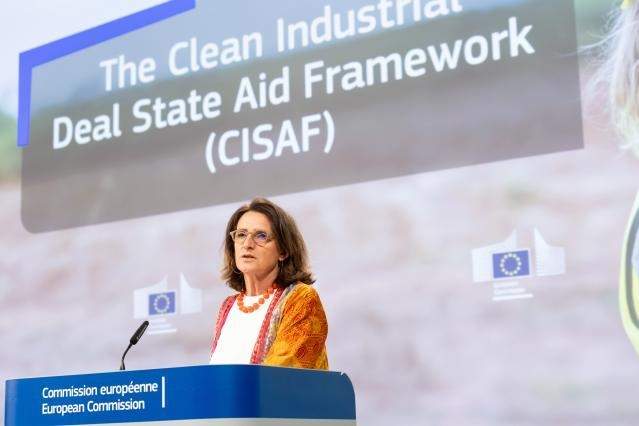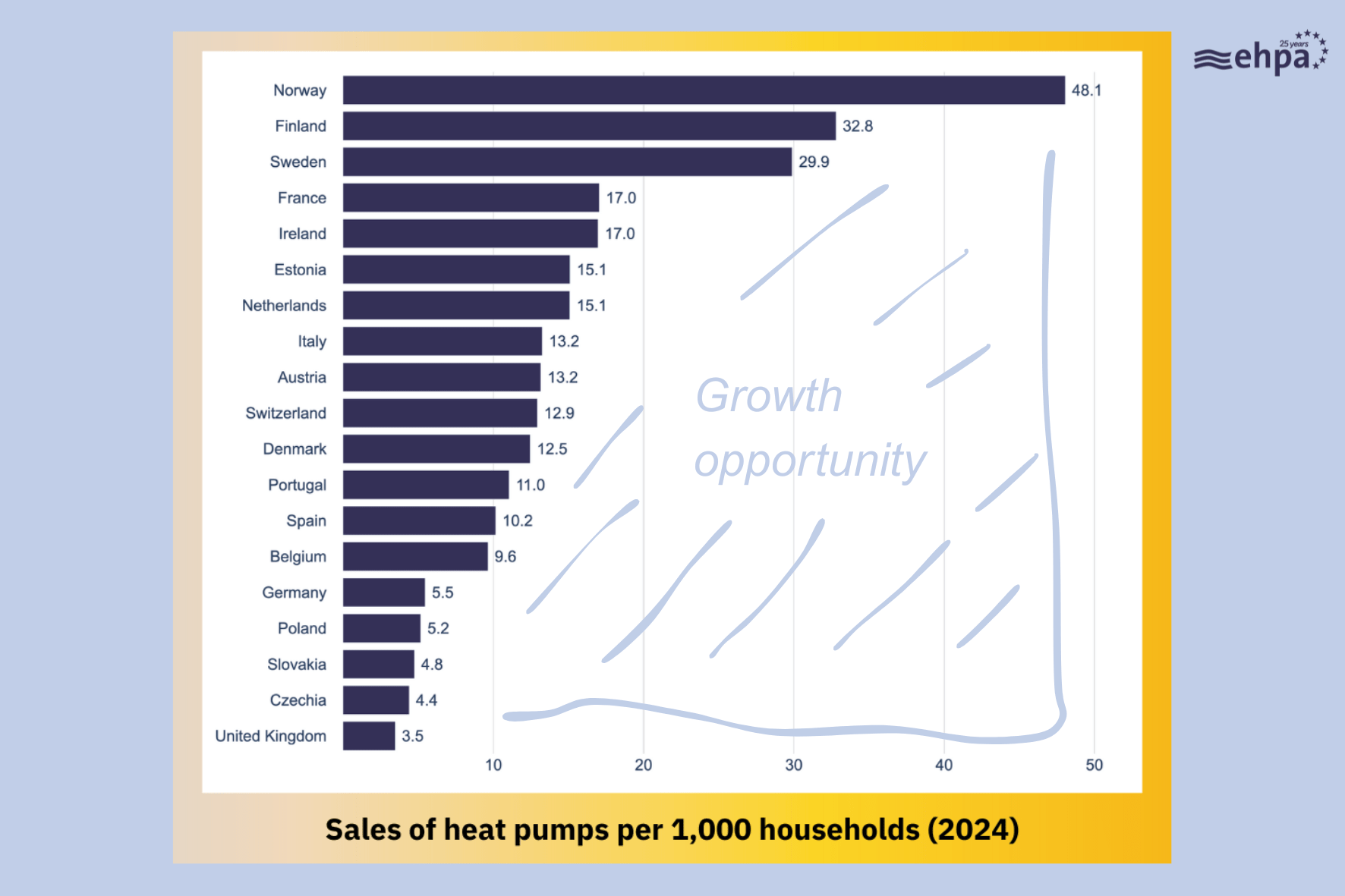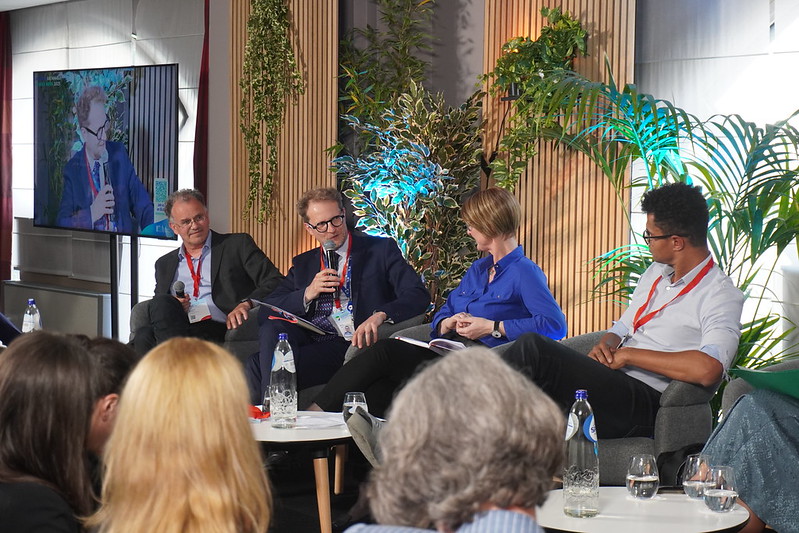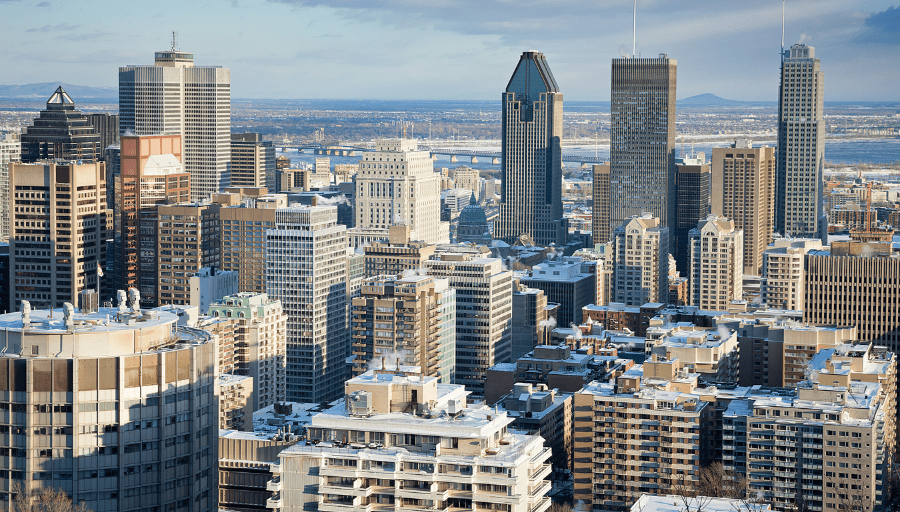Excess heat holds immense potential as a renewable energy source, capable of meeting a significant portion of the EU’s building and hot water demand. Yet, it remains largely untapped, representing a massive opportunity for sustainable energy development.
From factories to data centres, waste heat recovery systems harness thermal energy from diverse sources. These systems efficiently heat and cool spaces through district heating and cooling (DHC) networks, often in conjunction with heat pumps.
The webinar “From Waste to Worth: Innovative Waste Heat Recovery Solution in District Heating & Cooling (DHC)” provided insight into implementation strategies, operational benefits, and environmental impacts, drawing from concrete success stories.
Organised within the framework of the REWARDHeat EU project, funded under the Horizon 2020 programme, the webinar was recorded on 11 April and featured case studies from France, the UK, Sweden and Finland.
The panel discussion was started by András Takács Policy Officer at Euroheat & Power, the organisation representing Europe’s district heating and cooling sector.
With 17,000 networks serving 67 million Europeans, district heating is a growing reality in urban areas, explained Takács. In every city, there are places where extra heat is produced but not used. This could happen in office and commercial buildings, metro stations, data centres, industrial facilities, water treatment plants, and more.
District heating and cooling systems can repurpose excess heat into hot water and supply it to buildings through their network of insulated, underground pipes.
Paired with heat pumps, these systems can deliver clean heating and cooling to millions of households, offering a more energy-efficient and sustainable alternative to fossil fuel heating.
To delve into successful waste heat recovery strategies already in place in some European cities, four demonstration sites were showcased. The first to be introduced is the case of La Seyne-Sur-Mer, in France.
Here, the demo site was developed in collaboration with Électricité de France (EDF) and was presented by Côme Bissuel, Research Engineer at the utility company. EDF created the DEMix platform: a tool for modelling, monitoring, and optimisation of local energy networks.
The platform “links engineering to exploitation” explained Bissuel, allowing for the collection and sharing of data, models, and forecasts. Currently, La Seyne-Sur-Mer’s site includes a pumping station, a casino, and a social housing complex.
The second site presented is the Clyde Gateway Energy Project in the Scottish city of Glasgow. Clyde Gateway is “Scotland’s largest and most ambitious regeneration programme” said Project Manager Hugh Moore.
“The regeneration programme will include two district heating networks: a traditional centralised network, which began operation in 2022, and a 5GDHC network, which is currently in the design stage. The 5th generation network will originally connect to three office buildings, with plans to increase to eight buildings in the future” Moore explained.
The next case study hails from Luleå, Sweden, where waste heat recovered from a data centre has been tapped into the local district heating and cooling network. “Today’s setup can recover heat up to 65 degrees, even when outside is -20 degrees Celsius” commented Jon Summers, from the Research Institute of Sweden (RISE). “As AI grows, so do data centres, paving the way for more excess heat to be re-used” he added.
The last example takes us to Helsinki, the capital of Finland: one of the European nations where the integration between district heating and heat pumps is the most advanced. Product Manager Jere Oksnanen showed how local energy provider HELEN put in place a system of vast heat pump plants (like the Katri Vala, the world’s largest heat pump plant powered by emission-free electricity producing 160 MW of heat and 100 MW of cooling) and an extensive 1,420 km district heating network heating – and cooling – offices, apartment blocks and… an ice-cream factory.
Whether you’re a seasoned professional in the heating sector, an urban planner, or simply passionate about energy, don’t miss the opportunity to dive into the world of waste heat recovery!






